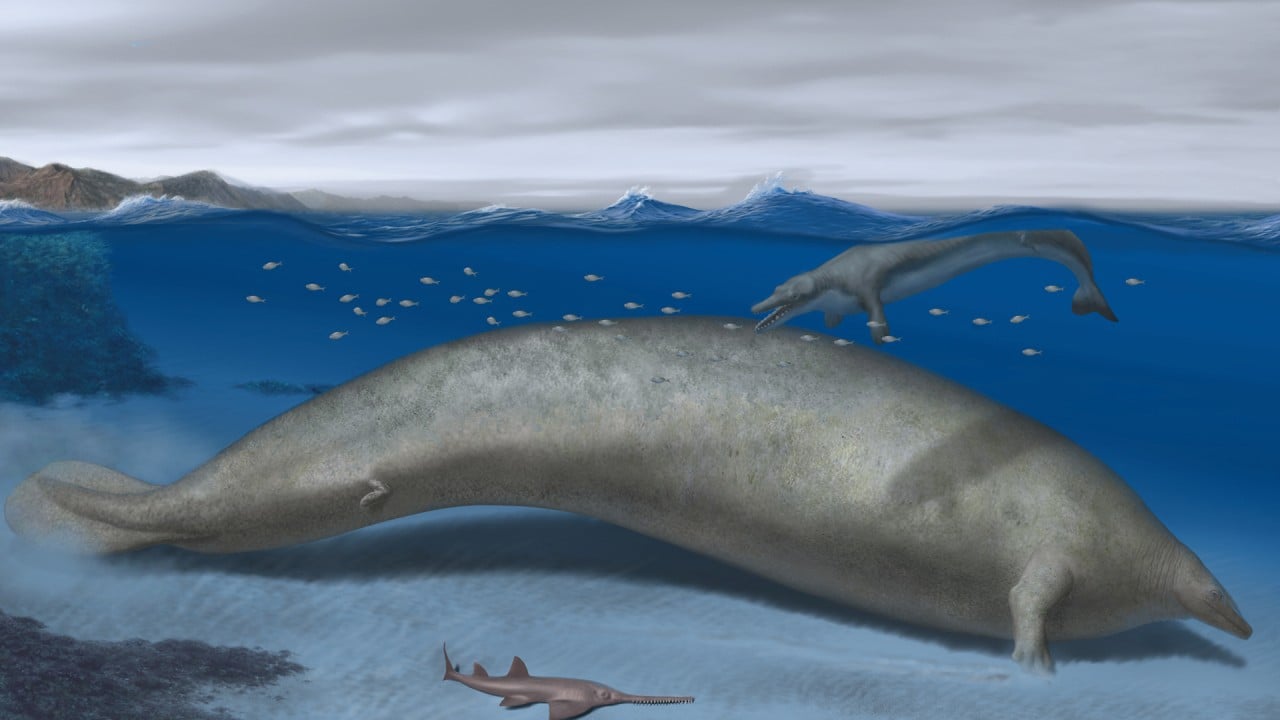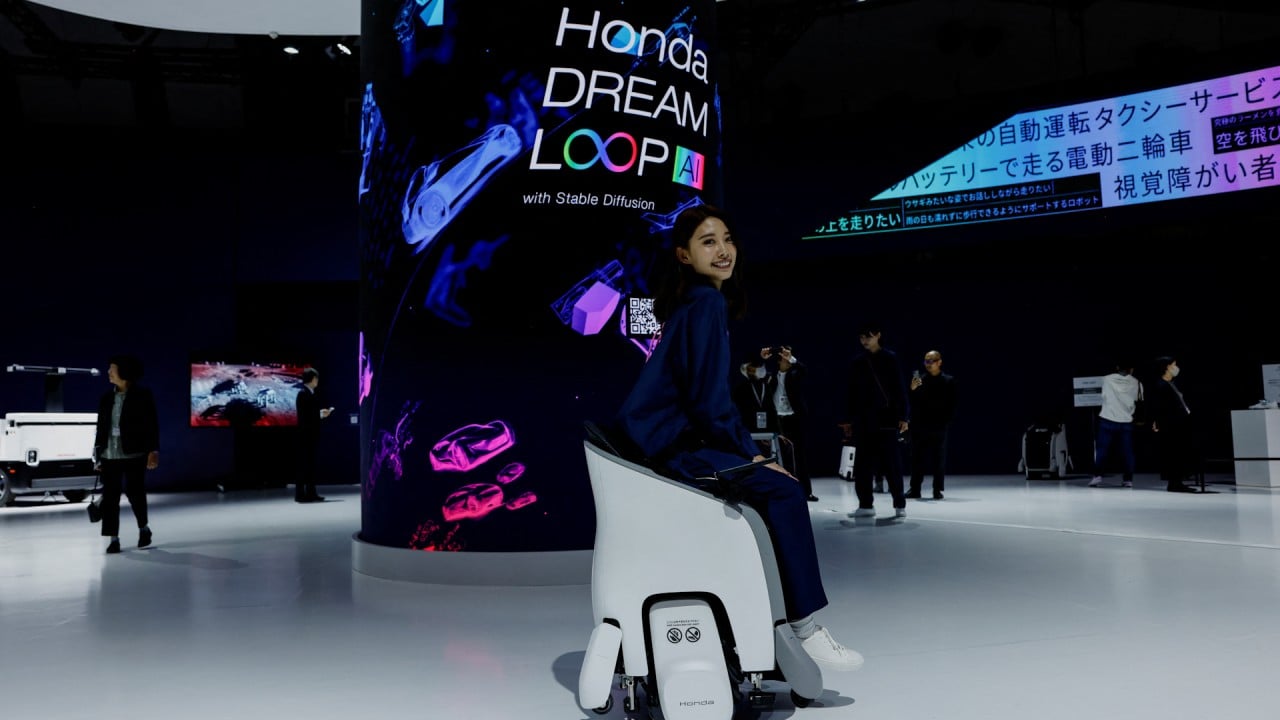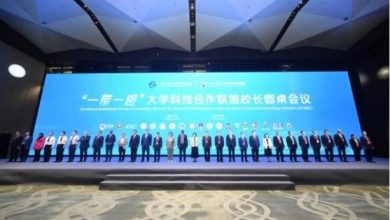Chinese scientists who produced chimera monkey see chance to fine-tune research into human diseases
[ad_1]
The first live birth of a chimeric monkey with a high proportion of cells derived from a stem cell line was reported by researchers in China who see opportunities to study human diseases and create interspecies chimeras to pass on endangered DNA.
The monkey was born with cells derived from two genetically distinct cynomolgus monkeys – also known as crab-eating macaques – a monkey used in many biomedical studies.
After rats and mice, the monkey, which was born around two year ago, is the first chimeric species born in which a large proportion of cells are derived from an inserted embryonic stem cell line.
The paper, published in the peer-reviewed journal Cell on Thursday, found that the contribution of cell tissue derived from the stem cells ranged from about 20 to 90 per cent, with the highest contribution in the brain tissue.
“This work could help us to generate more precise monkey models for studying neurological diseases, as well as for other biomedicine studies,” said Liu Zhen, senior author of the paper from the Chinese Academy Sciences (CAS), according to a Cell press release.
Liu said the research had potential for species conservation.
To produce a live chimeric monkey, the researchers first derived nine stem cell lines from seven-day old embryos. The cells were then confirmed to be pluripotent – meaning they could develop into the different cell tissues needed to develop a live animal.
The cells were labelled with green fluorescent protein before they were injected into early embryos, which were then implanted into female monkeys, according to the press release.
Of the 12 pregnancies, there were six live births. Only one resulted in a chimeric male monkey. One miscarried male fetus exhibited chimerism, the researchers said.
The team confirmed that the monkey and fetus were chimeric using the fluorescent protein label, along with tests such as gene sequencing to determine the distribution of stem cells to the monkey’s tissues. Across 26 different types of tissue, an average 67 per cent of the live monkey’s cells were derived from the injected stem cells.
Previous studies had reported on monkeys with a low amount of cells derived from stem cells, which “strictly speaking” could not be considered chimeric, said Miguel A Esteban, a co-corresponding author and researcher at BGI Genomics and the Chinese Academy of Sciences (CAS), told a press conference on Tuesday.
Esteban said the monkey had a “very high level of contribution [from the stem cells], with the donor cells forming a big part of the tissues [and] complex structures all over the monkey body … including the germ line”.
As research grants in US hit 25-year low, China plans for exponential growth
As research grants in US hit 25-year low, China plans for exponential growth
The presence of stem cell-derived cells in the testes, which could develop into sperm, means genetic information inserted with the stem cells could potentially be transferred to further generations.
Liu told the press conference that in tissues with a high contribution from stem cells – such as the brain – models for brain disease “would be a very likely next application”.
According to Esteban, the method could also be used to create interspecies chimeras between endangered animals and similar non-endangered species. Mating the resulting chimeric animals could then pass on endangered DNA.
“We have provided strong evidence that naive monkey pluripotent stem cells possess the capability of differentiating in vivo into all the various tissues composing a monkey body,” Esteban said in the press release.
Naive pluripotent cells are able to differentiate into all necessary cell types before implantation. These cells have “greater developmental potential because they are closer – transcriptionally and epigenetically – to earlier embryonic cells,” Esteban said during the conference.
The team said there remained challenges with the research that needed to be overcome. The efficiency of the method was limited – out of 12 pregnancies they only produced one live chimeric monkey and one miscarried chimeric fetus.
Traditional Chinese medicine’s hidden scientific foundation revealed
Traditional Chinese medicine’s hidden scientific foundation revealed
The sole surviving live monkey’s health deteriorated 10 days after birth and he was eventually euthanised.
Liu told the press conference the scientists were still not sure why this occurred but epigenetic differences between the cell types might have been a reason.
Esteban said if researchers could ensure monkeys survive after birth, they could contribute to treating human diseases by creating complex disease models through mutating multiple genes within a single monkey.
[ad_2]
Source link







